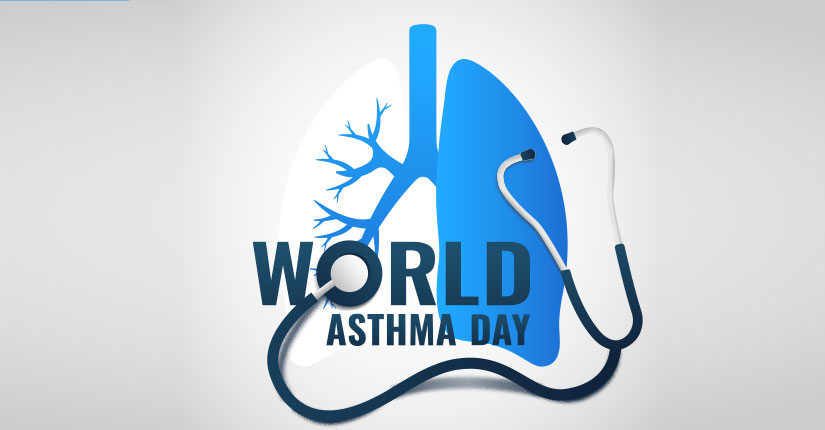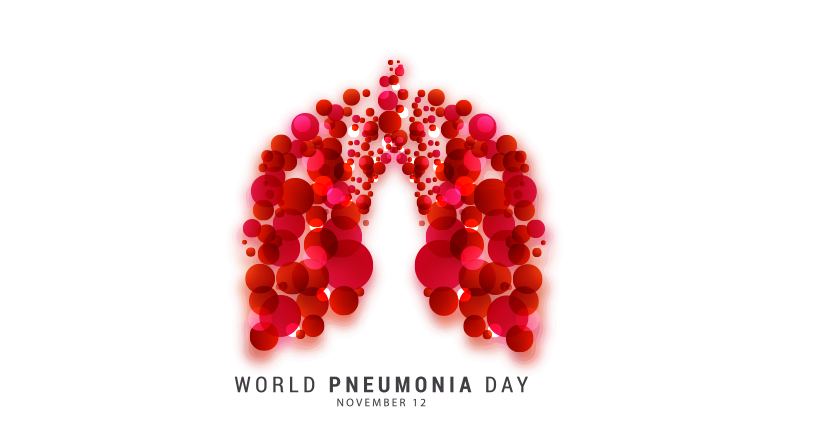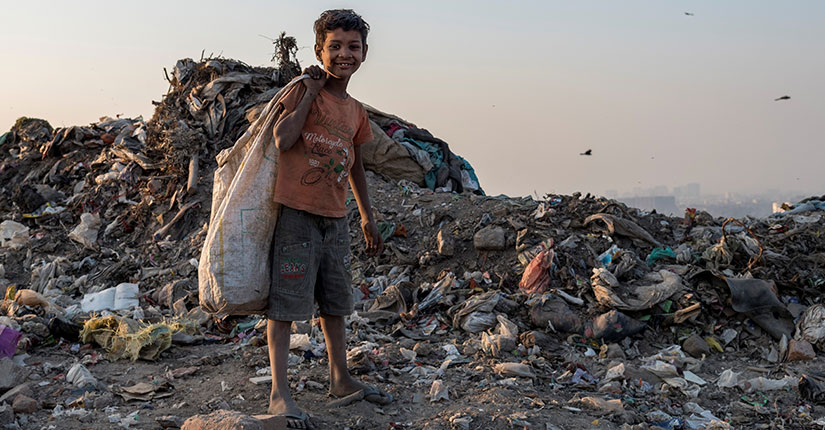Understanding The Fight & Flight Response When You Are Under Stress
By Nmami Life Editorial 24-May 2020 Reading Time: 5 Mins

Fight and flight response are also recognised as the acute stress response and is often described as the physiological reaction that happens in a frightening and terrifying situation or condition. In simple terms, it is referred to as the response of body during any danger, threat or fear. During any terrifying condition, certain hormones are released in the body which helps in triggering the fight and flight response. These hormones work together to formulate your response (to stay and fight or to run away) in the course of any disturbing and scary situation.
An American physiologist Walter Cannon first defined the theory of fight-or-flight response in the 1920s. Cannon comprehended and explained, “A chain of rapidly occurring reactions inside the body helped to mobilize the body’s resources to deal with threatening circumstances which are known as the stress response”.
What exactly happens during the fight and flight response?
When you suddenly face any situation related to danger, two hormones named as adrenalin and cortisol released in your body and leads to various body changes like a pump in heart rate, low flow of blood, increased rate of breathing, high blood pressure and affect various functions of the nervous system which facilitate an individual to how to deal with the situation (fight or flee from the danger). When the situation gets normal, a relaxation response is activated in the body which approximately takes 20-60 minutes to make the body systems comes down to function normally.
The fight-or-flight response can also occur during the about to happen physical danger. For example, facing a big and barking dog while passing through a way or preparing for a staging performance and presentation in front of thousands of people.
Signs of Fight and flight response
- A pump in heart rate: When a person comes under a stressful and frightening condition, he experiences several changes in the body including a rise in heartbeat and breathing to charge the body with proper energy and oxygen that is a pre-requisite to make a rapid response to the danger.
- Change in the skin colour: As you come under a stressful situation, the flow of blood in surface areas of the body starts getting low and the blood flow starts growing in the parts like muscles, brain, legs, and arms. Due to this, you can experience a low and yellow tone of the skin.
- Wide eyes: The expansion of pupils is one of the common indications of the fight and flight response. Apart from the internal changes, the body becomes more alert, aware and attentive when it comes in contact with any stressful situation. The enlarge pupils help in allowing extra light into the eyes which is necessary to deal with the situation.
- Shaking or quivering body: During the period of any stress or danger, your body, mind and muscles become all tensed, your eyes become wide open and your mind gets vigilant and alert to deal and to take proper action to face the situation. As a result, this can lead to vibrating or quivering body.
Footnote
The fight and flight response is normal and it is extremely important to deal with the situation. Basically, the response helps us in getting ready when our body comes in contact with the danger or any stressful situation.


















